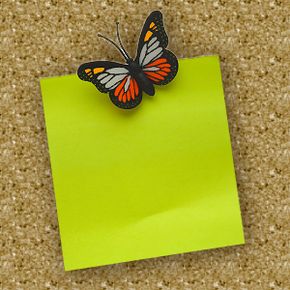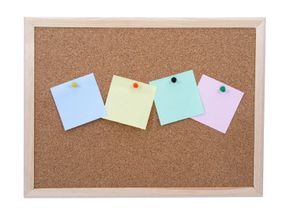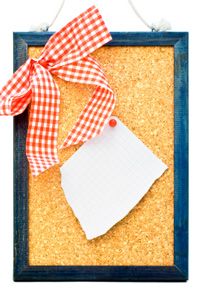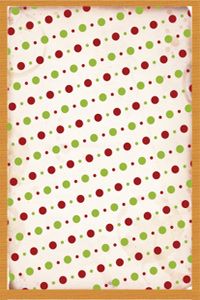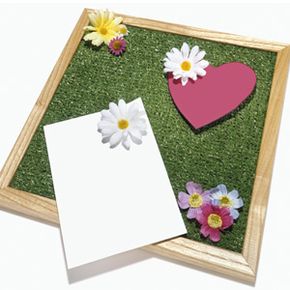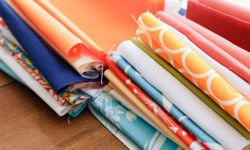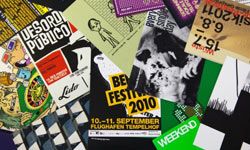It's functional. It keeps your notes where you can see them. It displays photos from that magical trip to Paris, next to the lovely postcard your sweetie sent, the takeout menu for that Thai place you've been meaning to try and the unlikely words of inspiration you found inside a fortune cookie.
It's ... brown. You've had it since college. It's your cork bored -- er, board.
Advertisement
There's nothing wrong with an unadorned corkboard, exactly. Cork is lightweight and resilient. It has natural properties of insulation and sound absorption. It's an environmentally sound choice.
But if you're looking for a way to freshen up your decor, changing the corkboard is a fast, fun way to do it. Most corkboard projects can be completed in a day or less. They can be as simple or as involved as you care to make them. The basic supplies and tools -- paint, fabric, paper, scissors, craft knives, tape and glue -- are easy to obtain and use. You'll need a clean, uncluttered work area, but in most cases, you can accomplish everything within a small space.
The fastest way to change a corkboard is to take down what's currently pinned up, and replace it with new postcards or images. However, if you use your corkboard mainly for reminders, shopping lists and the like -- content that changes regularly -- decorating with postcards may not be an option. It may be time to look at some more permanent ways to add brightness and color to your board.
In this article, we'll look at ways to modify the setting of a corkboard, as well as to change the color and texture of the cork itself. We'll also explore a more subtle modification: custom thumbtacks. First, let's take a look at the frame. Read on.
